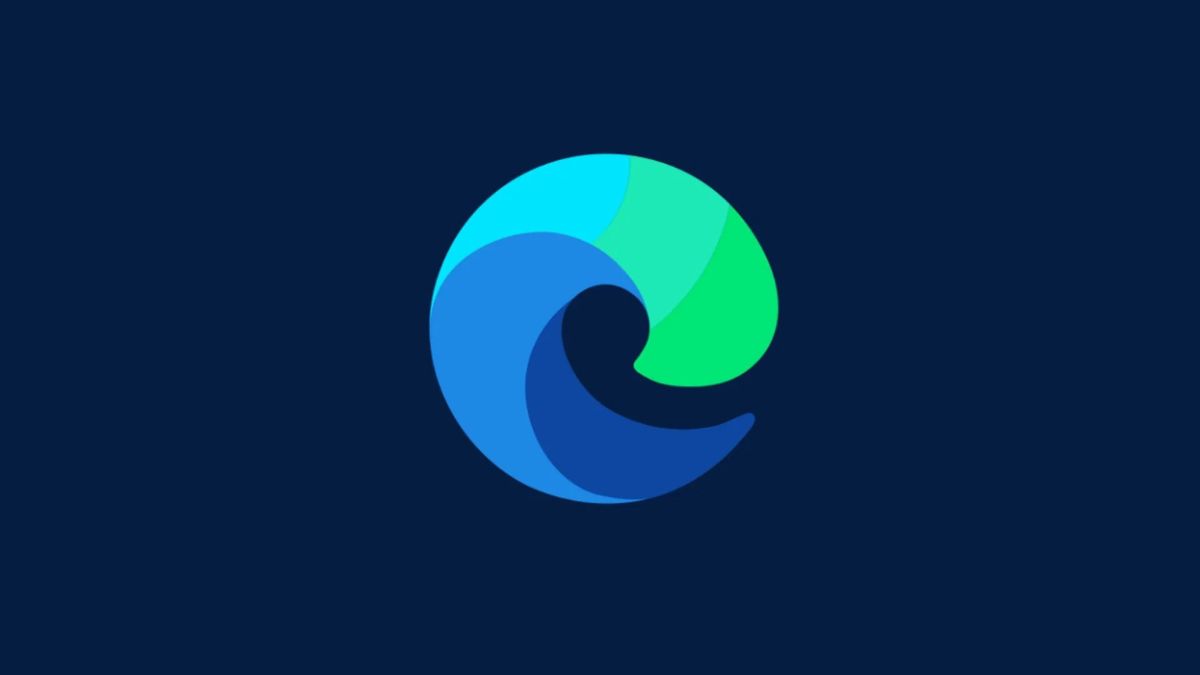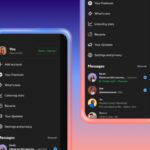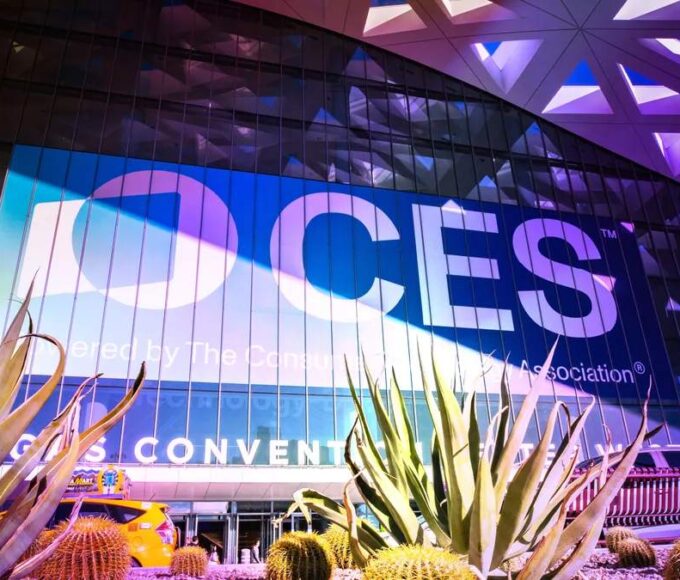Microsoft has announced a major improvement in the speed of its Edge browser. According to a recent post on the Windows blog, Edge now takes less than 300 milliseconds to start showing the first parts of a website, including text, images, and interface elements. This speed metric is known as First Contentful Paint (FCP).
FCP measures how quickly a browser begins to display content, and research shows that loading the first content within 300 to 400 milliseconds can greatly improve user satisfaction. However, FCP does not measure how long it takes for the entire page to load.
This update is part of Microsoft’s ongoing effort to speed up Edge by moving its user interface to a new WebUI 2.0 architecture. This change reduces the size of the browser’s code and limits the amount of JavaScript running during startup.
Earlier performance upgrades already made features like downloads, history, and private browsing tabs about 40% faster. Since then, Microsoft has improved 13 more features, including faster settings menus, split-screen navigation, and smoother playback of the AI-powered Read Aloud function.
Despite these improvements, Edge holds less than 5% of the global browser market, far behind Google Chrome’s 68%. Microsoft may also face new competition as AI companies like OpenAI consider launching their own browsers.
More performance enhancements are planned soon for Edge features such as Print Preview and Extensions.











